Science & SkepticismFarming Waves

How Can Wave Energy Production Affect Surf Breaks?
Riding a wave, however rewarding, is not the only way to tap into its energy. Harvesting it – by way of Wave Energy Converters (WECs) that capture its force and turn it into electricity – may prove more productive – to the point of meeting the world’s annual electricity needs. Countries like Australia, Korea, China, the US, and Portugal have seen the lines on the horizon and started to paddle for it. And whilst several WEC designs have been proposed and tested over the last couple of decades – from devices that sit beneath the surface to underwater turbines – they have to be deployed in arrays (aka wave farms) in order to generate electricity on a commercial scale. This means potentially altering local wave and flow fields and, if deployed near the coast, impacting the nearshore hydrodynamics and lead to erosion and/or accretion of beaches. Needless to say, that is a point of concern for surfers…
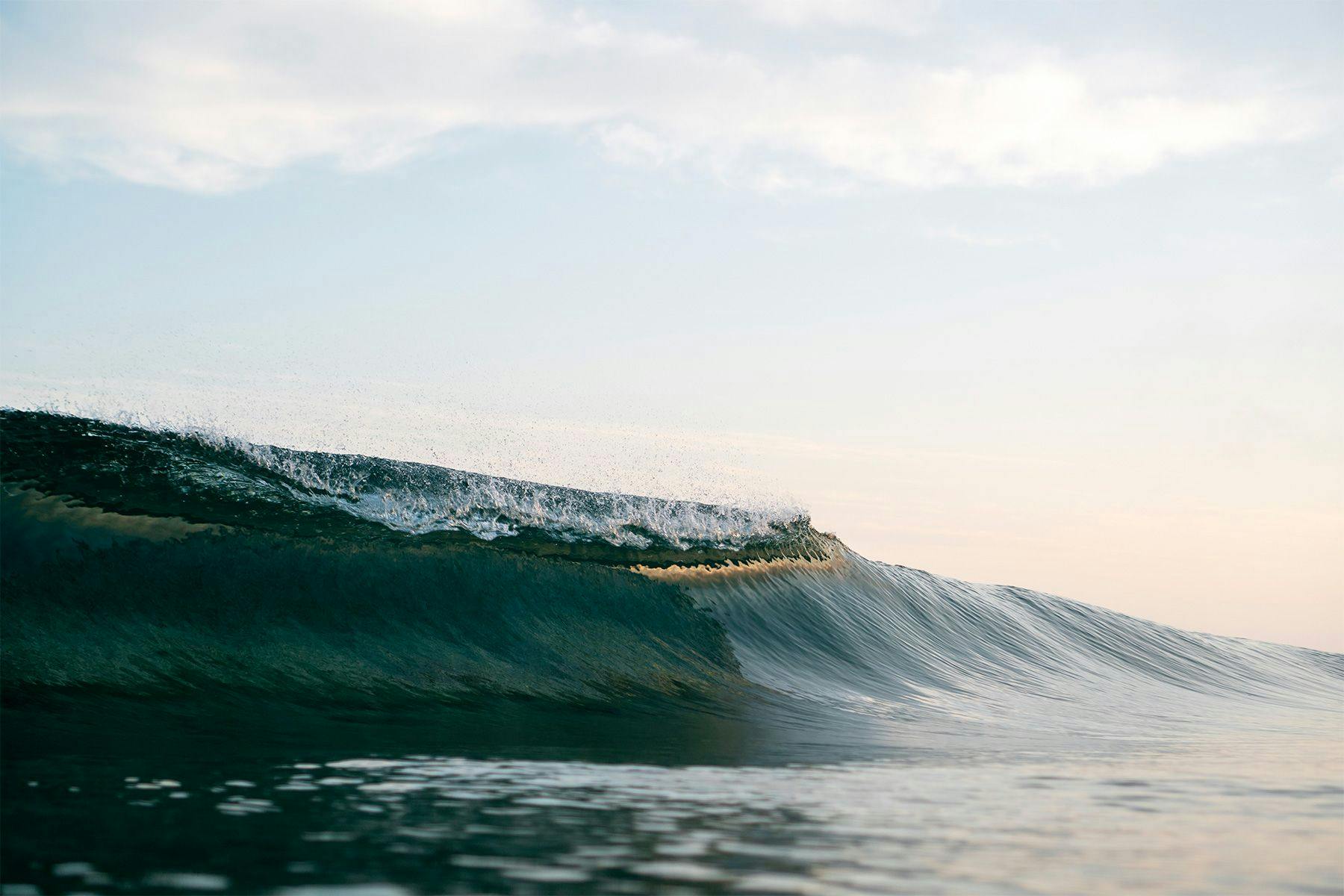
“Wave energy converters are still in their infancy compared to other renewable energies like wind or solar – despite the fact that ocean waves have a high energy density and consistency, meaning more power may (theoretically) be extracted per square area compared to solar and wind,” says Daniel Raj David, a Coastal Oceanographer at The University of Western Australia, who specialises in WECs and their influence on coastal processes. “Unlike solar and wind farms, when wave energy converters are deployed in arrays each device in the array interacts with each other and can enhance or diminish the performance of the system. So with proper study, more power can be extracted just using constructive interactions, which is theoretically possible, but not yet proven in the field.”
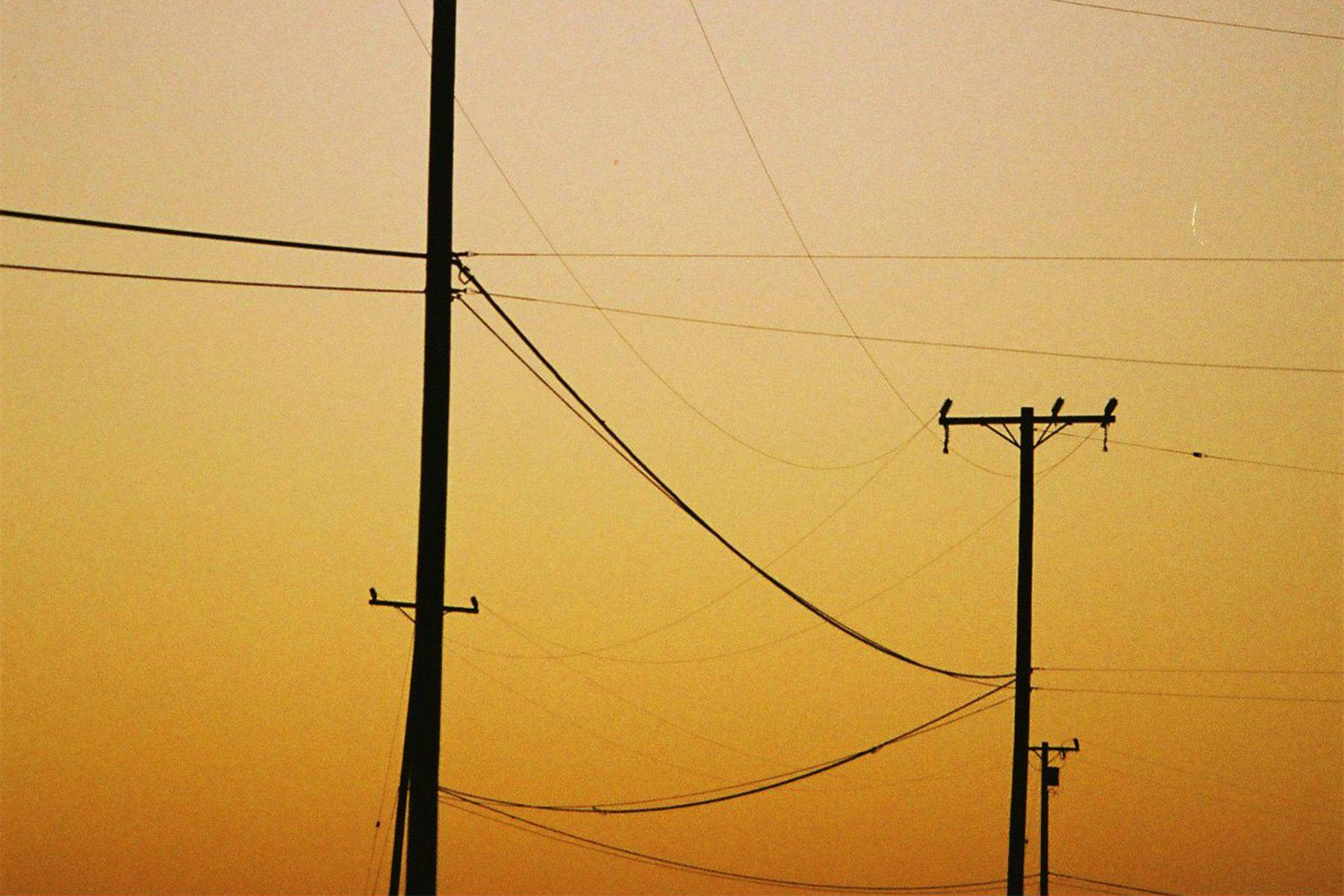
According to Daniel, this theory hasn’t yet been proven because there are many factors preventing WECs from being deployed in the field in arrays: from a lack of convergence of device designs, to the costs of producing something that has to withstand very harsh environments where the conditions can be up to a hundred times tougher than the operational condition, through to the optimal placement of devices with minimal influence to the environment. Ultimately, these factors come together in what is known as the wave farm’s ‘technology readiness’ – a metric that indicates how prepared a technology is on a scale from 1 to 10. “For any new design, it needs to go through several stages before it can be ready to be deployed in the ocean,” highlights Daniel. “The higher the readiness level, the sooner they can be deployed in the ocean.” Yet few are the devices that currently cut the mustard.
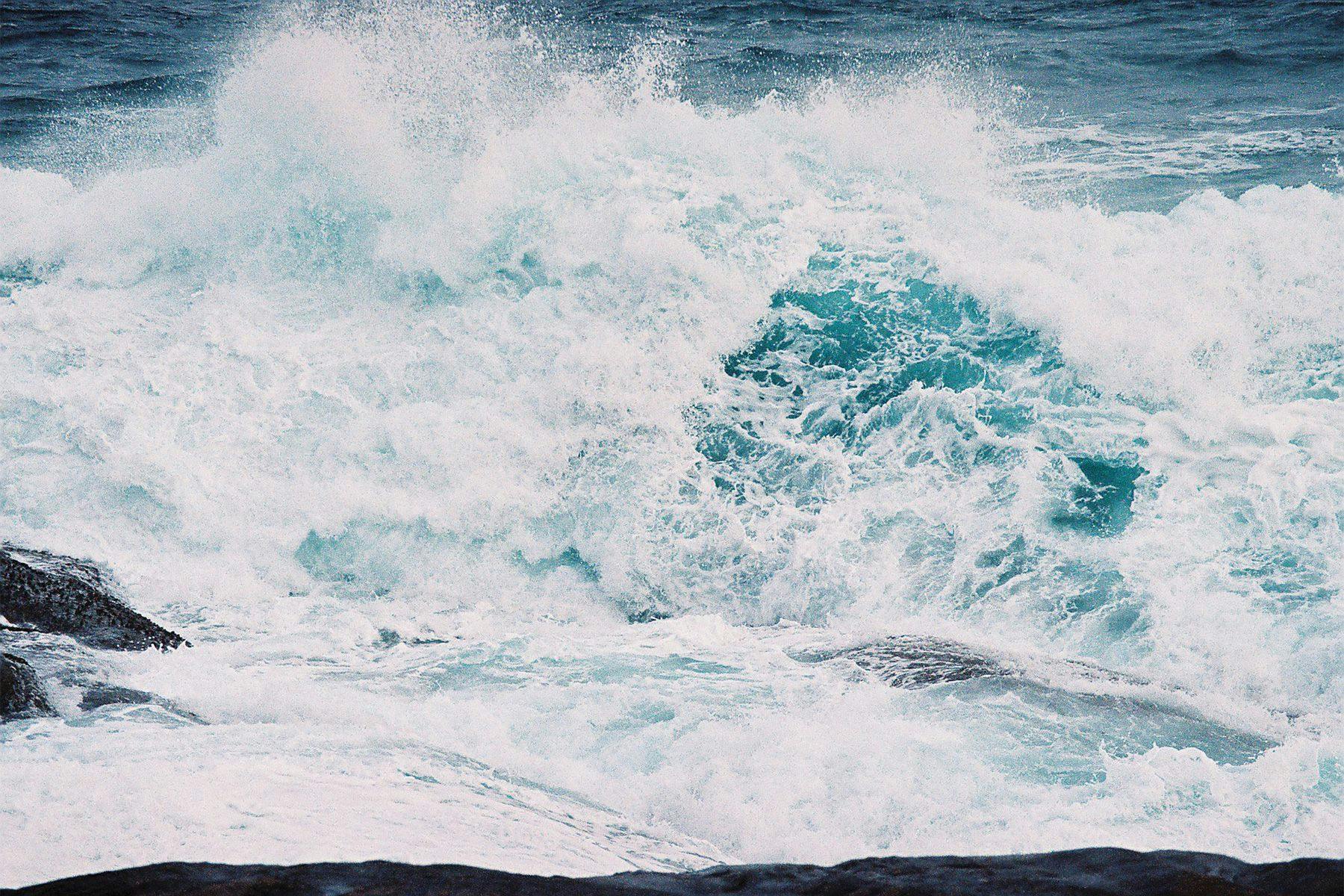
As such, numerical models – usually evaluated using a series of simulations over an idealised bathymetry with a range of WEC farm designs and offshore distances – have been the main mechanisms to study the potential coastal impacts by wave farms. In his latest paper, Daniel and his colleagues examined said impacts by comparing two models: wave-averaged and wave-resolving. The first describes the spatial and temporal evolution of statistical parameters of the wave field, and whilst popular for its computational efficiency, provides somewhat unreliable predictions of coastal impacts, what with the lack of detailed field validation data. The latter, on the other hand, has the ability to generate a more direct simulation of relevant nonlinear wave physics (shoaling, refraction, diffraction, etc.), which makes it more realistic but also more computationally expensive. “The paper summarises that if we want to look at the effects of wave energy devices in the far-field (some distance away from the wave farm) both models’ predictions are almost the same,” explains Daniel. “But if compared in the near-field (close to the wave farm region), the wave-resolving model’s predictions are quite realistic compared to the wave-averaged models.” Practically speaking, the results are only relevant to wave energy developers who want to study the potential effects of their designs. Yet if looking at the bigger picture and considering the outcomes of these predictions, it also affects surfing and surfers.
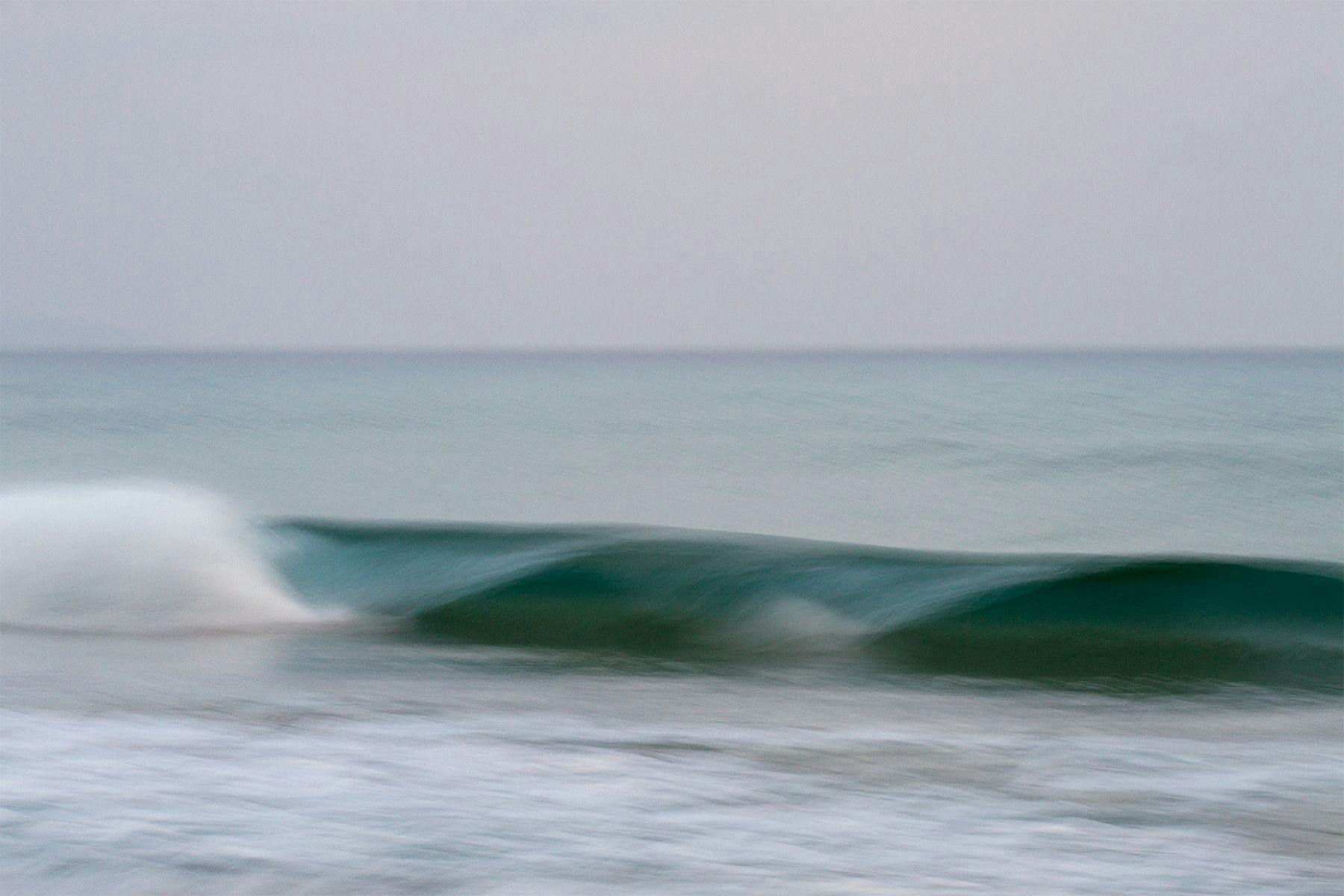
This is already a reality in Aguçadoura, a surf spot in Portugal, some 250 kilometres north of mighty Nazare, where the deployment of one of the world’s first commercial-scale, grid-connected wave farms is underway. With initiatives like these kicking off, one is bound to wonder what sort of impacts could wave farms have on nearby surf breaks. “Currently, there is a lack of knowledge regarding how wave farms affect surfing; most of the knowledge we have is related to the wake effects and coastal erosion or accretion,” says Daniel. “Because many devices exist and interact with waves in different ways, the complete impacts of any given device cannot be accurately predicted without thorough study of that particular device.”
Still, he acknowledges that, depending on the type of device and its operating principle (some are more suitable for the nearshore region, with about 10 – 30 m water depth), there could be some change in the surrounding hydrodynamics and, consequently, a decrease in the percentage of surfable waves. “Our studies with a particular class of device showed about 15% reduction in wave energy for wave farms that are about 1 km offshore,” he expounds. “Due to this effect, surf breaks may be affected – but only in the shadow region of the wave farms, and only when the wave farms are closer to the shoreline.”
And he adds: “There are a number of different devices out there; conceptually, over a thousand designs. And given that most wave farms are likely to be placed some kilometres offshore, they will have no or negligible effects on the nearshore wave conditions, so there won’t be any problem for surfers, as surfers tend to stay less than a hundred metres from the shoreline.”
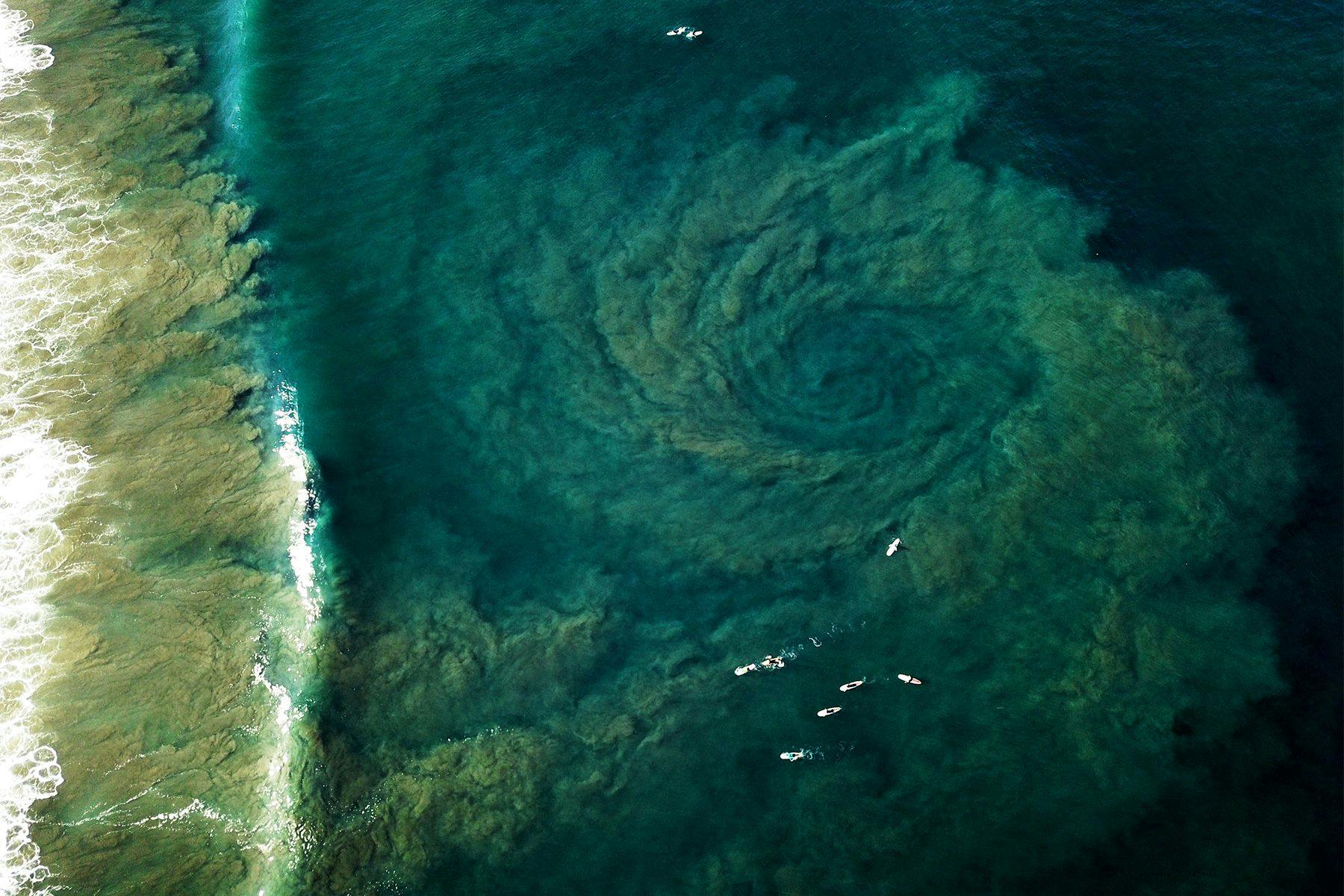
Beyond the quality of waves, however, surfers tend to be concerned about the overall well-being of surf spots and their ecosystems. When thinking of the potential threats the implementation and operation of wave energy plants could pose to the environment, Daniel says that, during the installation of these devices, the vibration of pile installation may be inconvenient for some marine habitats, if only for a short period, though chances are it would be within the acceptable limit as per offshore construction regulations. “There could also be an increase/decrease in the fish species surrounding the wave farm, probably in the lee of the wave farm as a result of wave attenuation, but I wouldn’t be able to comment on that as I don’t have any evidence to support it,” he says. “Overall, I don’t see any negative impacts of wave farms.”
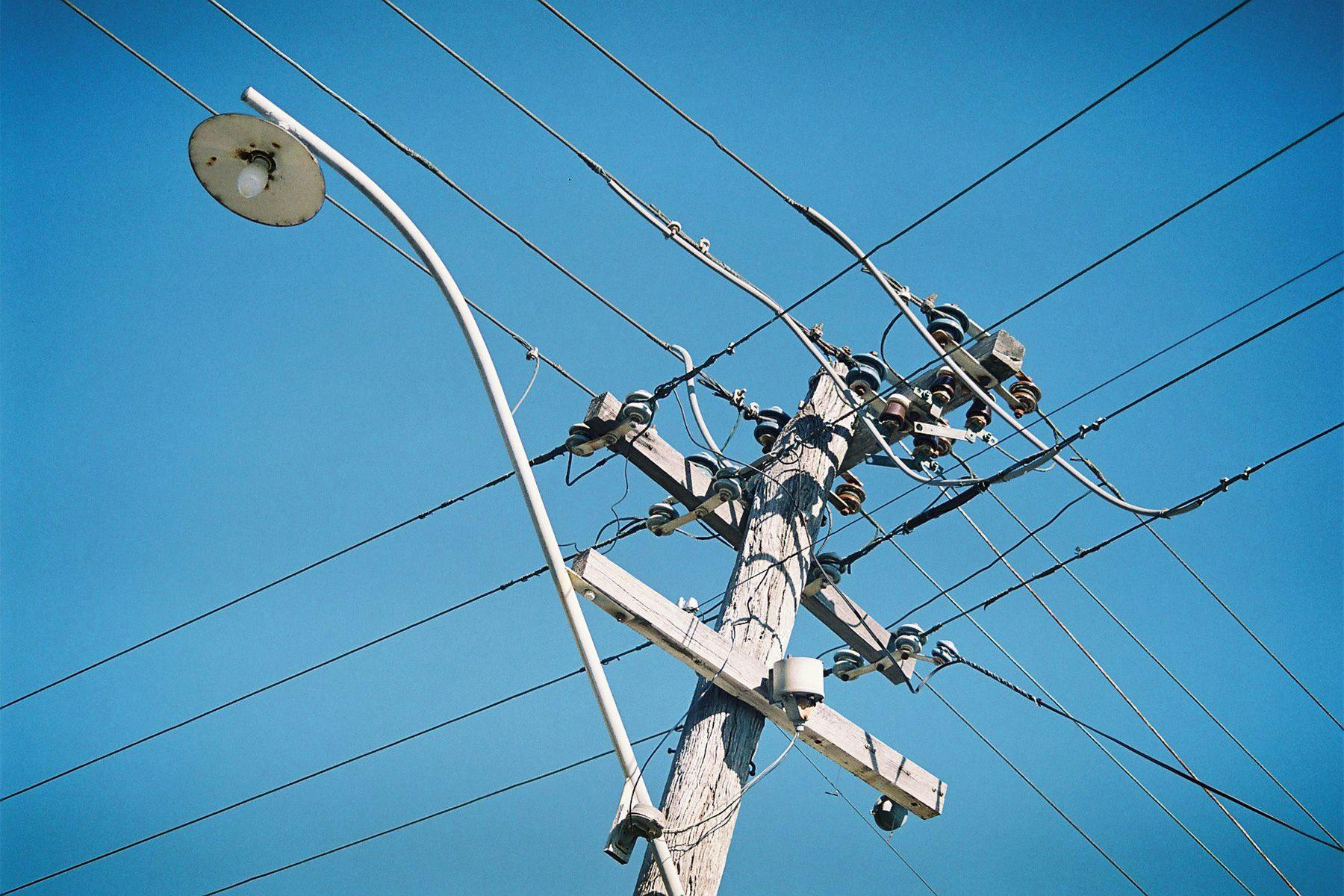
Whether negatively or positively or both, coastal regions across the world will undoubtedly be transformed by the creation of wave farms. And as users and/or members of such communities, surfers are – or should be – involved in anything related to waves. Although at this point Daniel doesn’t have any specific suggestions on how surfers could engage with wave energy, he uses the example of the surfer’s community in Albany, Western Australia, where regular gatherings take places to discuss surf-related matters, to emphasise the importance of at least starting a conversation about this field of technology which, given the toll fossil fuels have been adding to climate change, feels both iminent and pertinent.